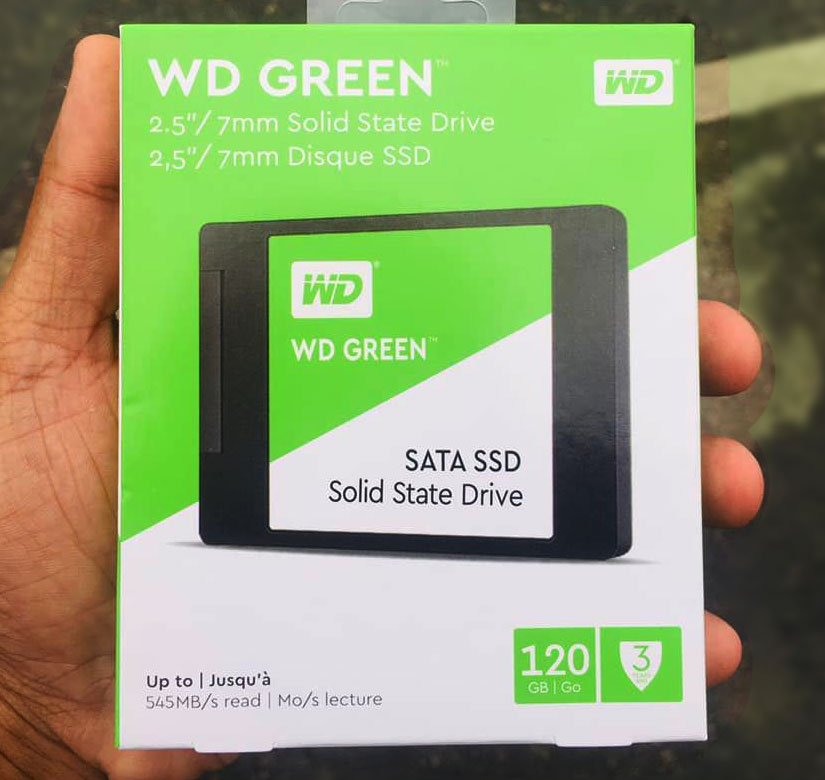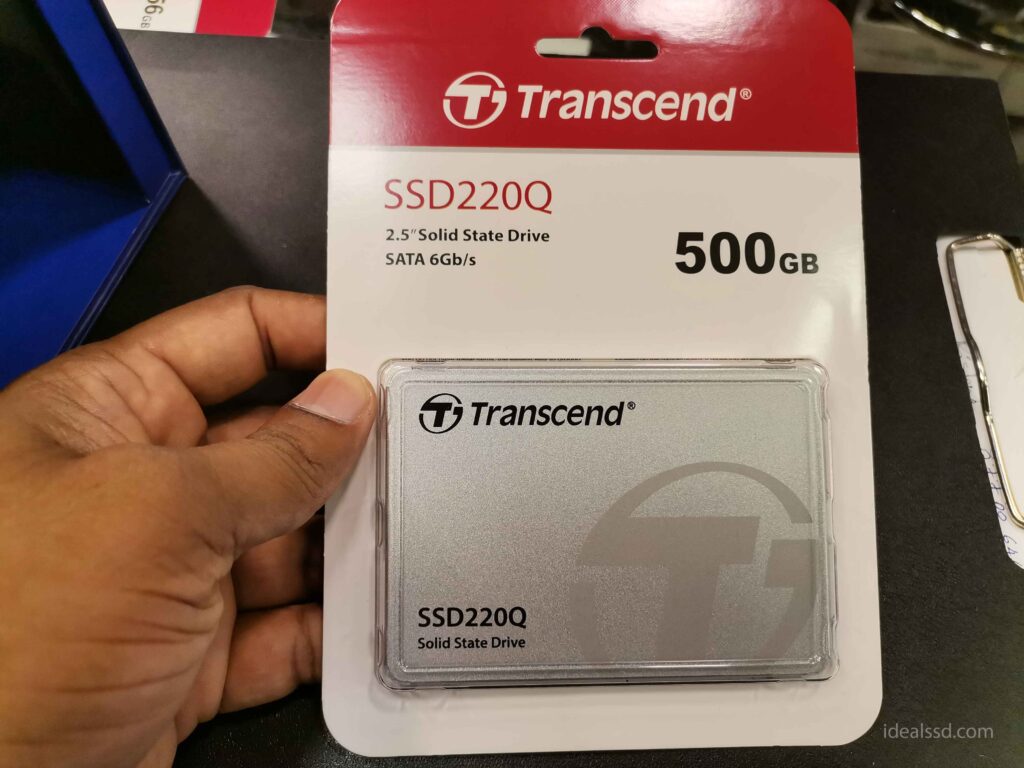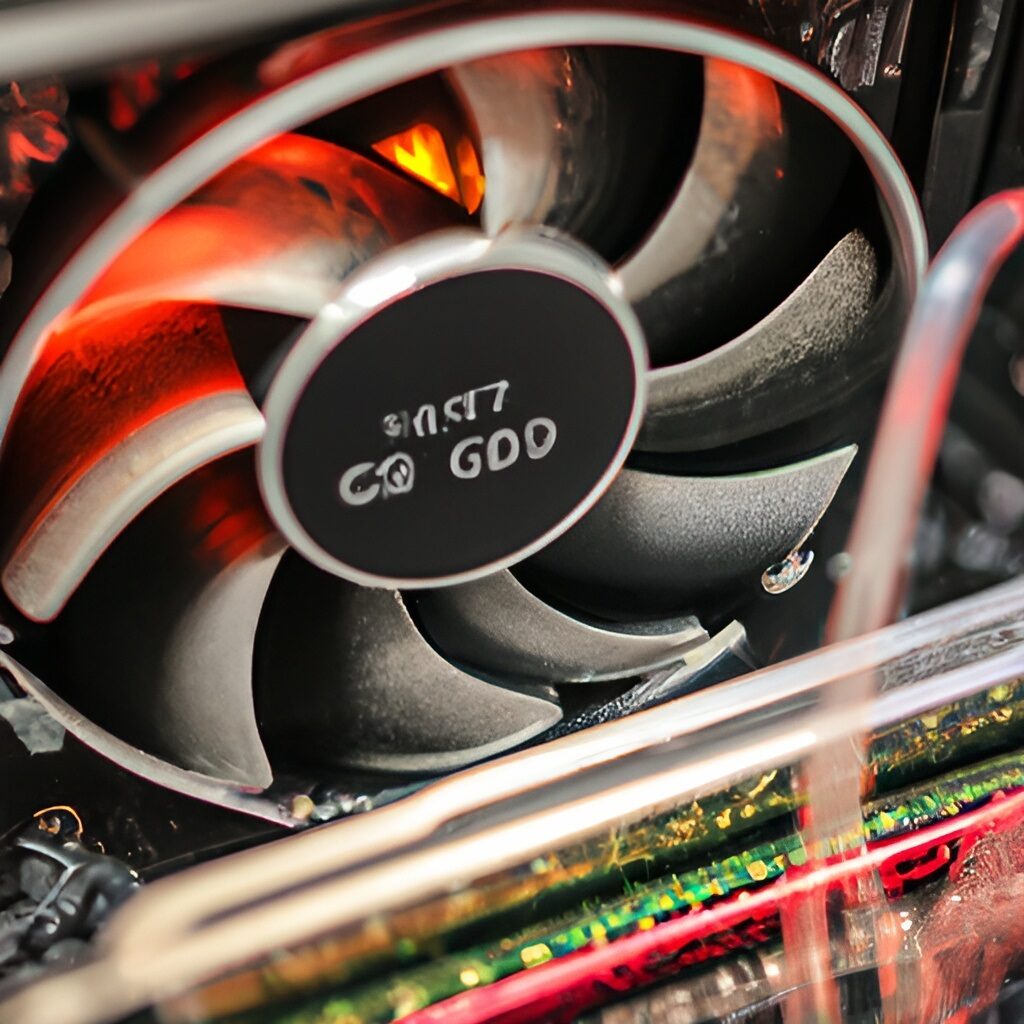Do SSDs Degrade Over Time?

If you’re in the market for a new hard drive and considering an SSD, one of your top concerns may be whether it will start to degrade over time. It’s a fair question since anything digital will inevitably face some degree of degradation due to wear and tear on the hardware itself. But rest assured—with proper maintenance and care, Solid State Drives (SSDs) can last up to 8-10 years with no signs of slowing down. We’ll take a closer look at how they work, what causes them to degrade, and how we can extend their life expectancy as much as possible.
What Is An SSD And How Does It Work?
An SSD, or solid-state drive, is a data storage device that uses solid-state memory to store data. This means there are no moving parts, making it a more reliable option than traditional hard drives. Additionally, because there are no moving parts, SSDs tend to be faster and more efficient than hard drives.

One of the main benefits of an SSD is its speed. Since there are no spinning disks or moving parts, data can be accessed much faster than on a regular hard drive. This makes SSDs ideal for laptops and other portable devices, as they can start up and load programs much faster than if they were using a traditional hard drive.
Another benefit of SSDs is their durability. Because there are no moving parts, SSDs are less likely to suffer from damage or failure. This makes them a more reliable option for mobile devices and laptops, as they are less likely to break down over time.
Overall, SSDs offer many benefits over traditional hard drives. They are faster, more durable, and less likely to fail. This makes them an ideal choice for laptops and other portable devices.
Do SSDs Degrade Over Time?
Yes, it does. Like any other digital device, SSDs can degrade over time due to wear and tear from regular use. However, with proper maintenance and care, it is possible to extend the life expectancy of an SSD and keep it running smoothly for many years.
What Can Cause SSD Degradation?
There are many potential causes of SSD degradation, but some of the most common include:
- Excessive writing to the disk
- High temperatures
- Power fluctuations
Excessive Writing To The Disk
When an SSD is filled with data, every time a new bit of information is written to it, an older bit of data has to be erased to make room for the new data. This process is called “overwriting.” Over time, as an SSD is subjected to more and more overwriting, the number of available write cycles begins to decline. This can eventually lead to a decline in performance and even data loss, as the SSD may not accurately store or retrieve data.
One way to mitigate the risk of excessive writing is to use an SSD with many available write cycles. You can measure this value by TBW of an SSD. Some SSDs are designed specifically for high-write environments, such as servers or data centers, and can handle many write cycles without experiencing a decline in performance.
TBW (terabytes written) is a measure of the lifespan of a solid state drive (SSD). It represents the total amount of data that can be written to an SSD before it is likely to fail.
For example, if an SSD has a TBW value of 100 TB, it means that the drive is designed to be able to handle 100 terabytes of data written to it over its lifespan before it is likely to fail. The higher the TBW value of an SSD, the longer it is expected to last.
It’s important to note that TBW is a general guideline, and the actual lifespan of an SSD may vary based on a number of factors, such as the type of data being written to the drive, the operating temperature of the drive, and the overall wear and tear on the drive.
When shopping for an SSD, it can be helpful to consider the TBW value of the drive as a factor in your decision. Drives with higher TBW values may be more expensive, but they may also have a longer lifespan and be more reliable in the long run. Read Why Does TBW Matter in SSDs? for more info.
High temperatures

Solid state drives (SSDs) are sensitive to temperature and can be affected by high temperatures. The hotter an SSD gets, the more quickly its cells will degrade, leading to a decline in performance and a shorter lifespan for the drive.
Excessive heat can cause a number of problems for SSDs, including:
- Reduced performance: As the temperature of an SSD increases, the drive’s performance may begin to decline. This is because the drive has to work harder to read and write data, which can slow down the system’s overall speed.
- Reduced lifespan: High temperatures can also cause the cells in an SSD to degrade more quickly, which can shorten the drive’s lifespan.
- Data loss: In extreme cases, high temperatures can cause data loss on an SSD. This is because the heat can cause the cells in the drive to become unstable, leading to errors when reading and writing data.
To protect an SSD from high temperatures, it’s important to keep the drive cool by ensuring that it has proper ventilation and is not placed in a hot environment. It’s also a good idea to keep the temperature of the computer’s overall system as low as possible, as this can help to keep the SSD cool. To know more about SSD and temperature check Safe Operating Temperature For SSD
Power Fluctuations
SSDs are sensitive to power fluctuations and can be affected if the power supply is not stable. If the power supply to an SSD is not stable, it can cause a number of problems, including:
- Data corruption: Power fluctuations can cause data corruption on an SSD, which can lead to errors when reading and writing data.
- Performance issues: If the power supply to an SSD is not stable, it can cause the drive to perform poorly, leading to a decline in overall system performance.
- Drive failure: In extreme cases, power fluctuations can cause an SSD to fail completely, making it unable to read or write data.
To protect an SSD from power fluctuations, it’s important to use a stable power supply and to avoid using the drive in environments where power fluctuations are likely to occur. It’s also a good idea to use a UPS (uninterruptible power supply) to provide stable power to the SSD and to protect against power outages.
Refer Is a UPS Necessary for an SSD? Final Verdict
How can we extend the life of an SSD?
There are a few different things you can do to extend the life of a solid-state drive (SSD):
- Avoid filling the drive to capacity: Filling an SSD to capacity can cause it to suffer from performance degradation and reduced lifespan. To avoid this, try to leave some free space on the drive.
- Minimize writes to the drive: Every time data is written to an SSD, it puts wear on the drive. To extend the life of an SSD, try to minimize the number of writes to the drive by using it primarily for storing data that does not need to be frequently updated, rather than using it as a scratch disk or for running applications.
- Keep the drive cool: High temperatures can cause the cells in an SSD to degrade more quickly, so keeping the drive cool is important. Make sure the drive has proper ventilation and is not placed in a hot environment.
- Use a stable power supply: Power fluctuations can cause data corruption and other problems on an SSD. To protect the drive from power fluctuations, use a stable power supply and consider using a UPS (uninterruptible power supply) to provide stable power to the drive.
- Enable TRIM: TRIM is a feature that helps optimize an SSD’s performance by deleting stale data and making it easier for the drive to write new data. Enabling TRIM can help extend an SSD’s life by improving its performance and reducing wear on the drive.
6. Run regular maintenance checks: Regular maintenance checks on an SSD can help identify problems early and ensure that the drive is running optimally. Regularly checking the drive for errors and performing other maintenance forms can help extend an SSD’s life.
7. Backup important data: Backing up your data is always a good idea, especially since SSDs do have a limited lifespan. Regularly backing up important data can help to ensure that you don’t lose anything if the drive fails.
Following these tips can help extend your SSD’s life and keep it running optimally for longer.

